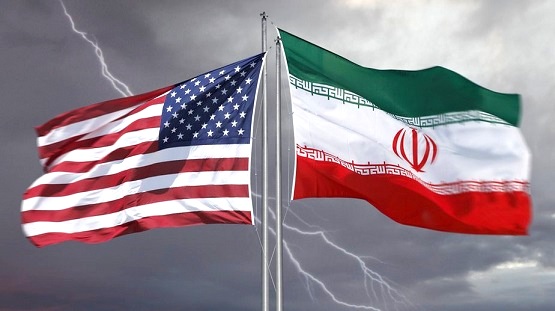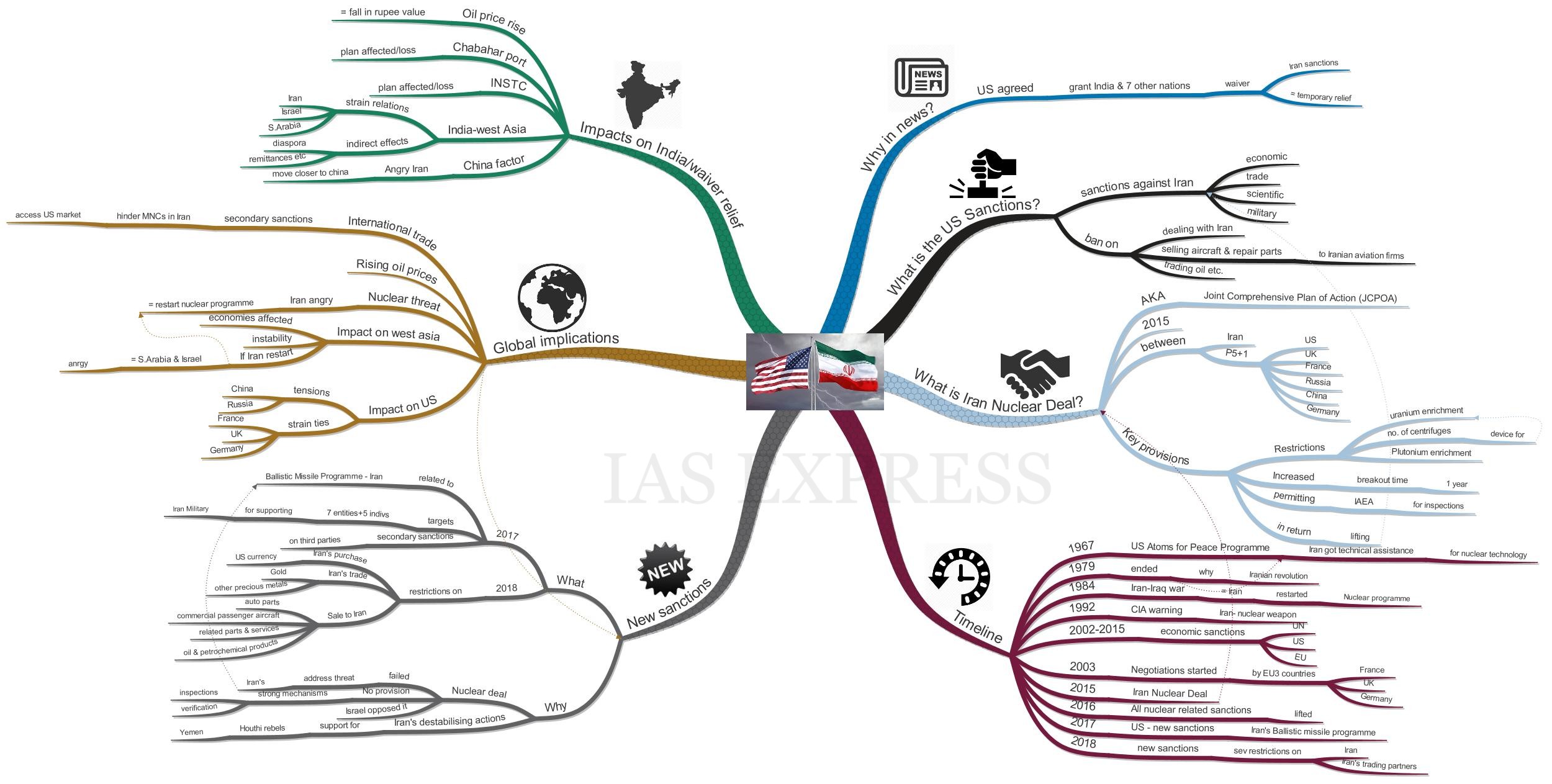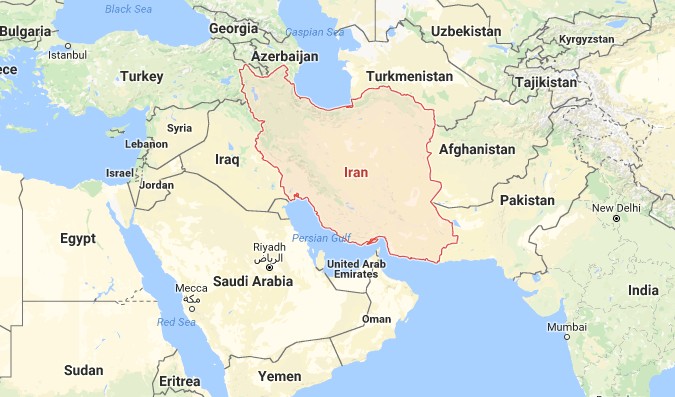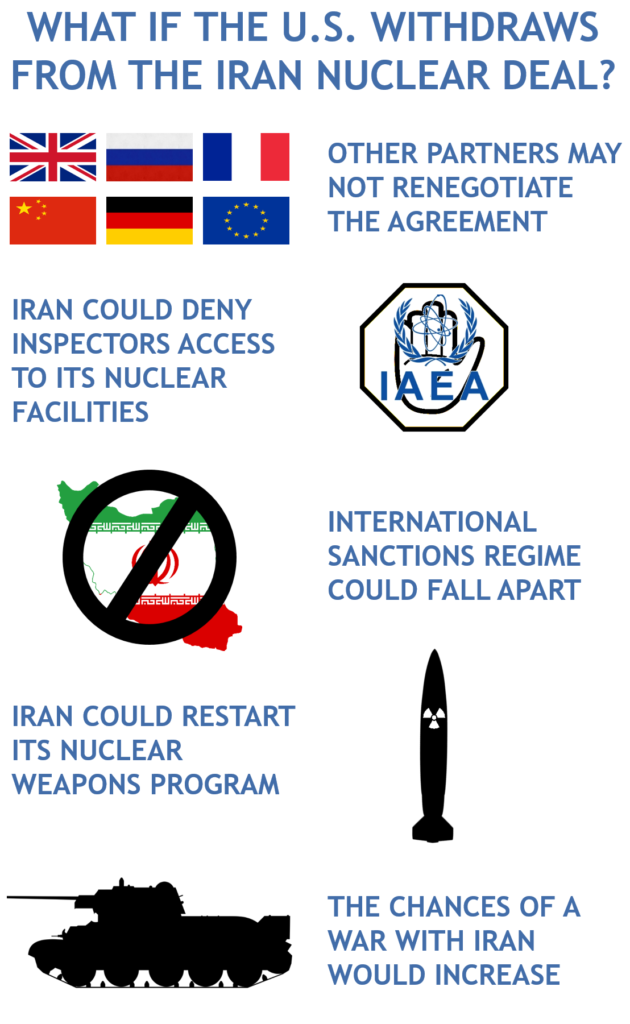US Sanctions and Iran Nuclear Deal: Explained

From Current Affairs Notes for UPSC » Editorials & In-depths » This topic
IAS EXPRESS Vs UPSC Prelims 2024: 85+ questions reflected
The United States has broadly agreed to grant India and 7 other countries a waiver from the sanctions it re-imposed on Iran recently. This decision provides some temporary relief to India and avoids any major oil price shocks.
What is the US Sanctions against Iran?
- It refers to economic, trade, scientific and military sanctions against Iran related to its nuclear programme,
- They have been imposed by the U.S. Office of Foreign Assets Control, or by the international community under U.S. Pressure via the UN Security Council (UNSC).
- The sanctions include the official ban on dealing with Iran by the US, a ban on selling aircraft and repair parts to Iranian aviation firms, trading oil etc.
What is the Iran Nuclear deal?
- Formally known as Joint Comprehensive Plan of Action (JCPOA), the nuclear deal was announced in 2015.
- The deal was signed between Iran and P5+1 group (US, UK, France, Russia, China, and Germany).
- The deal restricts Iran’s nuclear programme, in return for lifting most of the economic sanctions against it.
What are the key provisions of the Nuclear deal?
- Restrictions on uranium enrichment
- Restrictions on the number of nuclear centrifuges (the device used to enrich uranium)
- Limits on Plutonium enrichment – preventing Iran from operating at Arak nuclear reactor site that was used to make plutonium.
- The deal enhanced the breakout time to 1 year (Breakout time means the time it would take for Iran to generate enough bomb-grade material for developing a single nuclear weapon).
- Permitting International Atomic Energy Agency (IAEA) for inspections.
- In return for compliance with the above provisions, all the sanctions (economic and energy) against Iran will be lifted.
Note: The deal does not cover Iran’s ballistic missile programme = US reimposed sanctions in 2017 targeting this programme which we will discuss later.
What is the timeline of Iran Nuclear deal and the sanctions against Iran?
1967 – Iran got technical assistance for nuclear technology under the US Atoms for Peace Programme.
1979 – Assistance ended with Iranian revolution (Islamic revolution which overthrew Pahlavi dynasty).
1984 – Iran-Iraq war prompted Iran to restart the nuclear programme.
1992 – US Central Intelligence Agency (CIA) warned that Iran could create a nuclear weapon.
2002-2015 – UN, US, and EU imposed Economic Sanctions against Iran.
2003 – Negotiation started by EU3 countries (France, UK, and Germany)
2015 – Iran Nuclear deal signed by P5+1 (US, UK, France, Russia, China, and Germany), EU and Iran.
2016 – All nuclear-related sanctions on Iran lifted.
2017 –
- US President certified that Iran was complying with the nuclear agreement it signed with the US and other world powers.
- The US imposed new sanctions on individuals and companies connected to Iran’s Ballistic Missile Programme.
2018 – The US imposed new sanctions that put several restrictions on Iran and it’s trading partners which we will discuss below.
What is the US’s new sanctions against Iran?
In 2017, the US imposed new sanctions on Iran with respect to its ballistic-missile program.
- The sanctions target 7 entities and 5 individuals for supporting Iran’s military (Islamic Revolutionary Guard Corps-IRGC). It also targets an Iran-based transnational criminal organization and 3 associated persons.
- Secondary sanctions are also imposed on third parties. (Secondary sanctions are meant to put pressure on third parties and stop their activities with the sanctioned country (Iran) by threatening to block third party’s access to the market of the sanctioning country (United States).
- Thus the US administration aligns with Saudi Arabia and Israel and continues to target Iran via sanctions and even try to undermine the nuclear deal in the long run.
In 2018, the US imposed new sanctions that include restrictions on
- Iran’s purchase of US currency
- Iran’s trade in gold and other precious metals
- The sale to Iran of auto parts, commercial passenger aircraft, and related parts and services.
- Sales of oil and petrochemical products from Iran.
Why the US re-imposed sanctions?
- US claims that the deal fails to address the threat of Iran’s nuclear missile programme.
- The deal does not include strong inspection and verification mechanisms.
- Israel also opposed the deal.
- Destabilizing actions of Iran in the region such as support for Houthi rebels (in Yemen) and Hezbollah (in Lebanon).
What were the reactions by different countries for the new sanctions?
- China, Russia, UK, France, Germany, and the European Union announced that they stay committed to the deal.
- Israel and Saudi Arabia have welcomed US decision.
- Iran told that it remains committed to the deal, however, may resume uranium enrichment if the deal no longer provides any benefit.
What are the global implications of the US’s withdrawal from the deal?
International trade: Imposition of secondary sanctions would hinder international companies working in Iran as they could not access US market for their business activities.
Oil prices: US sanctions would reduce Iran’s oil exports and put pressure on global markets resulting in rising oil prices.
Nuclear threat: Sanctions would prompt Iran to restart its nuclear program. It will also affect the denuclearization efforts taken so far.
Impact on West Asia:
- Sanctions will adversely affect the economy of Iran as well as other neighboring countries.
- And this would aggravate the instability in West Asia.
- And if Iran resumes its nuclear programme, then both Saudi Arabia and Israel will increase their efforts to combat Iranian interference in the region.
Impact on the US: It increases tensions with China and Russia. It also strains relationships with close allies of US such as France, UK, and Germany.
Also read: Constitutional validity of Aadhaar: Background, Major issues and Recent Supreme Court Verdict
What are the impacts on India due to the new sanctions? (or how the recent waiver would be a relief for India?)
Oil prices: Currently, Iran is India’s third-largest oil supplier. Oil prices increased after US sanctions on Iran. Increase in oil prices = increase in inflation levels in India = fall in rupee value.
Chabahar Port:
- To reduce any backlashes from the US, India needed to reduce its investments in Chabahar port. This would affect India’s strategic access to Afghanistan and Central Asia through Iran.
- Also with declining trade due to sanctions, Iran would lose interest in the chabahar port and instead would focus on its main port of Bandar Abbas, affecting India’s ambitious plans for regional connectivity.
International North-South Transport Corridor (INSTC):
- Signed in 2002, INSTC is a multi-mode transport and transit network connecting India, Russia, Iran, Europe, and Central Asia.
- After the nuclear deal signed in 2015, plans for INSTC gained momentum.
- With the new sanctions, countries along the route or the banking and insurance firms dealing with the INSTC plan would be adversely affected by the reimposed US sanctions.
India-West Asia
- India maintains diplomatic relations with Iran, Israel, and Saudi Arabia. Therefore, the tension in West-Asia will affect India’s strategic and economic relations with these countries.
- Also, the conflict in West Asia would have indirect effects in India such as diaspora, remittances from the Middle East etc.
- Furthermore, with sanctions, angry Iran would move closer to China which is not a good development for India.
Also read: INS Arihant completed patrol – Does India truly achieved Nuclear Triad?
Thus the recent waiver would provide relief for India from being affected by the adverse impacts of sanctions. However, the US announced that the waiver is only temporary for 6 months and after that exempted countries will come under the sanctions. Moreover, apart from the JCPOA linked sanctions, India also continues to face sanctions linked to the CAATSA, which puts more restrictions on dealing with Iran, Russia and North Korea. Hence, the waiver is no magic wand to be wished for, since it only pushes India’s problems down the road.
Click here to read static International Relations Mind Map
If you like this post, please share your feedback in the comments section below so that we will upload more posts like this.




